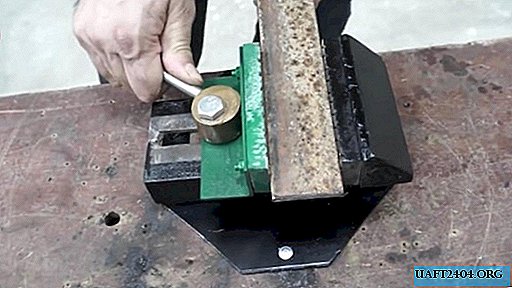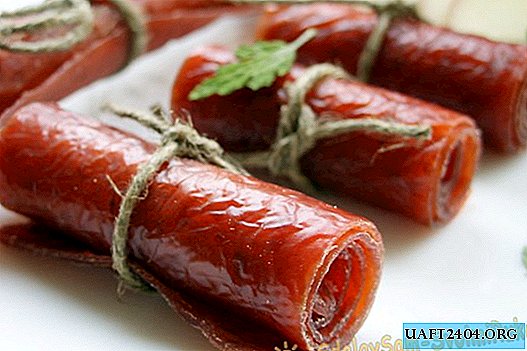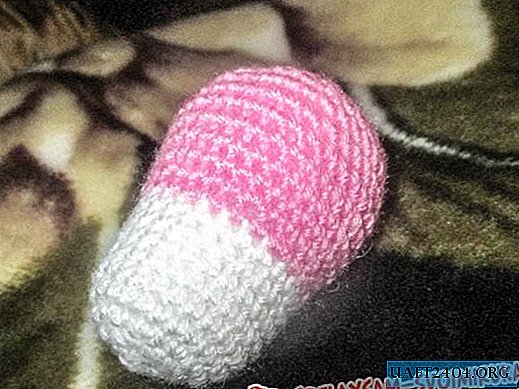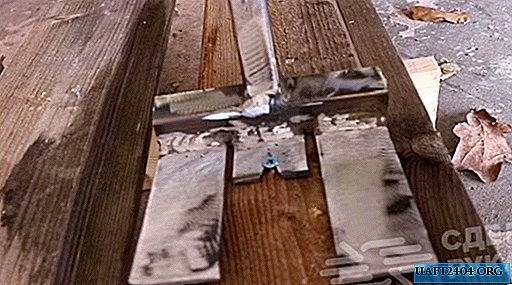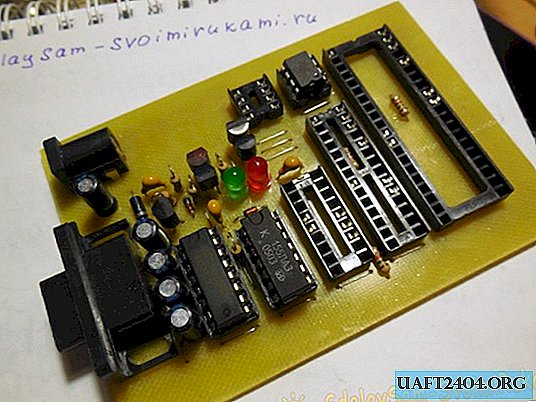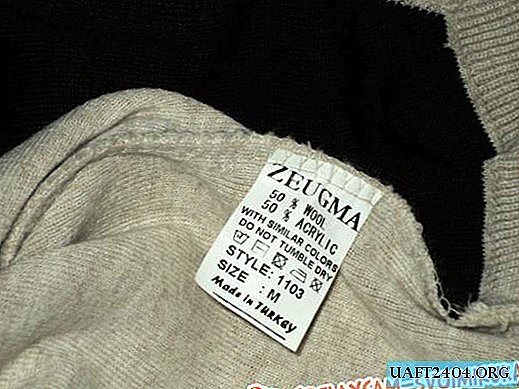Share
Pin
Tweet
Send
Share
Send

Boxes of experienced spinning players hide many secrets. Perhaps the main one is catchy bait. Those who are preferred by the pros in the reservoirs, in which they especially "believe". Wobblers, spinners, "rubber" - each has its own favorites. They are selected experimentally, for years of successful and not very fishing, sometimes by accident.
In my box there are also "favorites" of pikes and perches - bitten, unprepossessing in appearance, but stably bringing fish. Not all spinning fans are ready to put their "workhorses" on public display, for various reasons, but I do not see a problem in this. I will be glad if your catches after reading the article become larger.
Old grandfather baubles
She sagged under the canopy of the barn for ten years without attention. From the very moment that the previous owner of the house I moved to died. According to neighbors, grandfather loved to fish. I accidentally stumbled upon it when I was cleaning the yard from various rubbish. Rusty, thin, primitive in shape, with a blunt tee, it then seemed to me completely hopeless. I almost threw it in the trash, but something stopped at the last moment. Fishing flair? Or natural curiosity? May be. So the baubles "settled" in the far compartment of my fishing box.

And once, at the next "revision" of the lures, I decided to bring the plain piece of iron to mind. First he removed a layer of rust from it with fine emery paper, then with a toothpaste and a brush he cleaned the surface to a matte shine, equipped it with new winding rings and a sharp triple hook. He put on a red cambric on the tee. Spoon has changed. Now it remained to check it in the pond.
What was my surprise when at the first fishing the lure was "eaten" by seven pikes! Its light weight (10 g) and the sweeping game, unusual for the “oscillator”, a wobble from side to side below the surface, were ideal for fishing in shallow areas with thickets. She practically did not cling to the grass, although I did the wiring slow (uniform).
And this was not an accidental hit on the target: I take a pike on a spinner constantly, on almost every my sortie with a spinning rod. Thanks grandfather, let the earth rest in peace!
Silicone bait
On the Chelbas River, where I most often fish, pike are caught mainly at a shallow depth (1-2 m), near reeds or algae. Unfortunately, over the past ten years the river has become shallow and heavily overgrown. “Iron” you will not spend everywhere and not always. I usually catch it in early spring and late fall, when the grass is at the bottom, or in places where depth allows (channel pits). In conditions of overgrown shallow water, silicone baits help out.

For passive pike, I use unloaded large silicone. I equip the vibro-tail with a double hook with a long forearm. The weight of the rubber is enough to cast 25-30 meters. When fishing from a boat, more is not necessary. I do the wiring underlined-slow, uneven: jerk with the tip of the spinning - pause - rewind. Sometimes I work with one reel, animating the bait with sharp, different in length rotations of the handle.
The main advantage of unloaded silicone is its natural play. After splashing, the vibrotail slowly sinks, reminding the predator of a sick fish. The turn of the coil - and it comes to life, the impulse with the vertex - trembles, tries to swim. What "toothy" refuse easy prey?
At depths of more than 2 meters, I mount smaller silicone baits on lightweight (3-4 grams) jig heads. This makes it possible to increase the speed of wiring and faster to "break through" the pit. Active pike eagerly eats such "rubber", and not only it, but also pike perch and perch. I apply wiring both uniform and classic stepped (if the bottom is without grass).
Wobblers Malas - coloring is everything
Universal surface baits with a depth of up to 10 cm. They fly well: in terms of casting distance they are not inferior to the average weight of the “oscillators”. They play attractively: they are capable of "tumbling" 120 degrees almost in place. Ideal in shallow estuaries and small rivers. They work from spring to late autumn for pike and perch. In summer, the predator responds better to acid colors (yellow-green gamma), in the fall - prefers natural shades.

Malas is usually animated in three ways:
1. Evenly - by rotating the coil at medium speed.
2. "Snake" - volcano zigzag wiring walking the dog (in perch boilers).
3. Twitching the tip of the spinning rod. If you point the vertex up, the wobbler behaves like a popper. Fishing on the surface is especially spectacular - the predator exits, candles, a sea of splashes.

Frankly, I did not make friends with the "malas" right away. In my modest collection of lures, five dead wobblers of different colors (budget fakes Kosadaka) were lying dead weight, sometimes they were bite pikes, but they were random in nature. The situation changed after an unforgettable fishing on the Gorky estuary, where my friend Ivan pulled me in early July.
For two in two hours we caught 28 pikes (0.5-2.5 kg) and from fifty test perches (200-400 g). Almost every post brought fish. Pikes "came out" on the wobbler from different sides, perches accompanied him to the boat in packs. Several times on the tees appeared immediately two "striped". It was fishing! After her, I believed in the "malas."
And most importantly: exclusively yellow-green baits with black dots on the sides worked (see photo), predators did not respond to other color combinations.


So, dear spinning lovers, I presented to you my summer favorites of the season 2018. If you fish in shallow water, go to the estuaries of the Krasnodar Territory, try them out. I think they will not fail. Good luck and good luck on the ponds!
Share
Pin
Tweet
Send
Share
Send

